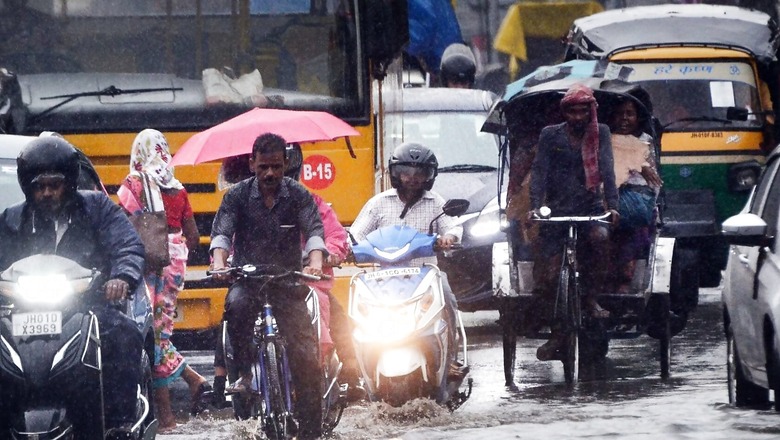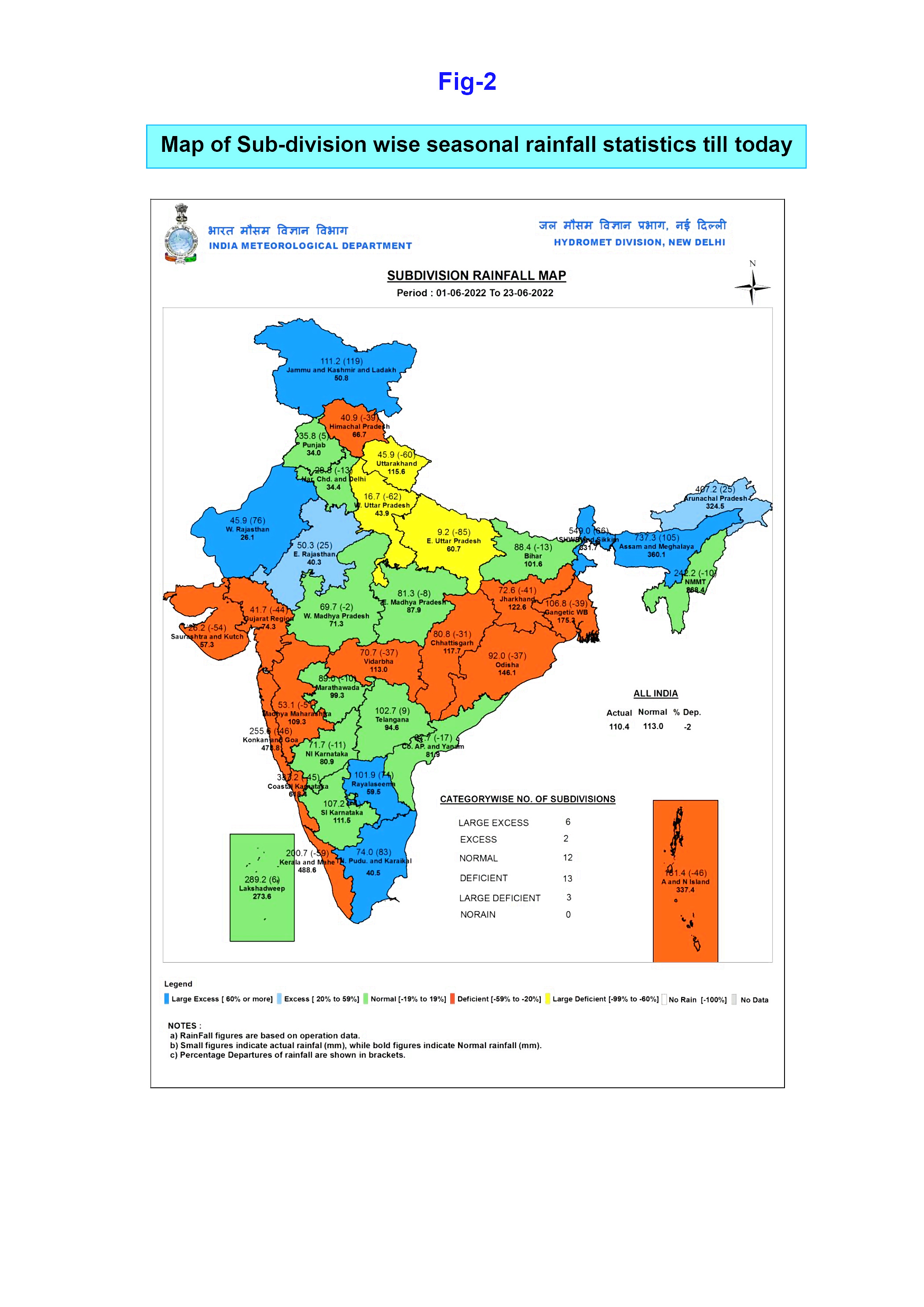
views
With the southwest monsoons inching ahead, rainfall deficit across India has narrowed down to 2% from 32% last week, improving reservoir storage in most parts of the country. Out of 143 reservoirs monitored by the Central Water Commission (CWC), 103 reservoirs have reported more than 80% normal storage so far. It is still less than 50% for as many as 19 reservoirs.
As of June 23, seasonal rains have been in the excess to the tune of 32% for north-east, where it seems the worst is yet to be over. According to India Meteorological Department (IMD), isolated heavy rainfall is likely to continue over sub-Himalayan West Bengal and Sikkim, Arunachal Pradesh, Assam, Meghalaya, Nagaland, Manipur, Mizoram and Tripura for the next five days.
The region, especially Assam and Meghalaya, have been battling severe floods, with the June rainfall breaking its previous records at several places. Imphal recorded 101mm rain on Thursday, breaching the 100mm rain mark for the second time in over a decade.

In the north, a fresh western disturbance has brought down the staggering rainfall deficit of minus-77% over the north-western states to plus-7%, as the region gears up to welcome monsoon rains. According to the weather department, monsoon has already entered a few parts of east Uttar Pradesh, and will progress further this week.
However, the rainfall deficit remains highest at 33% for central India despite monsoon advancing over most of Madhya Pradesh and Chhattisgarh, and 15% for the southern peninsula. Out of the total 36 sub-divisions, as many as 16 sub-divisions covering Gujarat, Maharashtra, Odisha, Jharkhand, Chhattisgarh and West Bengal still reel from deficient rains.
According to the IMD, the deficiency will further be compensated by June-end, as monsoon picks up steam with fairly widespread rainfall likely to continue over Bihar, Jharkhand, Odisha, Chhattisgarh, Vidarbha and Gangetic West Bengal during next five days. By July 6, monsoon is expected to cover most parts of the country.

Meanwhile, the live storage available in the 143 reservoirs monitored by the Central Water Commission (CWC) has also improved and currently stands at 49.654 billion cubic meter, which is 28% of total live storage capacity.
Though, the overall storage position is less than the corresponding period for last year (55.645 BCM), it is better than the average storage of last 10 years during the corresponding period (39.832 BCM).
Out of 143 reservoirs, 103 reservoirs have reported more than 80% normal storage and 40 reservoirs reported 80%-50% normal storage with 19 having storage beyond 50%.
According to CWC’s latest update, better-than-normal storage is available in Ganga, Subarnarekha, Tapi, Kutch, Godavari, Krishna and Cauvery, with close to normal in Narmada, Mahanadi and neighbouring rivers of the south.
However, it has been hugely deficient in Sabarmati, Indus, and Mahi, marked by monsoon’s sluggish pace in the west.
Monsoon rains are critical for the states, as they gear up for the sowing of the Kharif crops which is usually done between June 15 and July 15. According to IMD, southwest monsoon is likely to cover remaining parts of Gujarat, Madhya Pradesh, entire Bihar and some parts of northwest India towards the end of the week. By July 6, monsoons should cover the entire country.
Read all the Latest News , Breaking News , watch Top Videos and Live TV here.


















Comments
0 comment